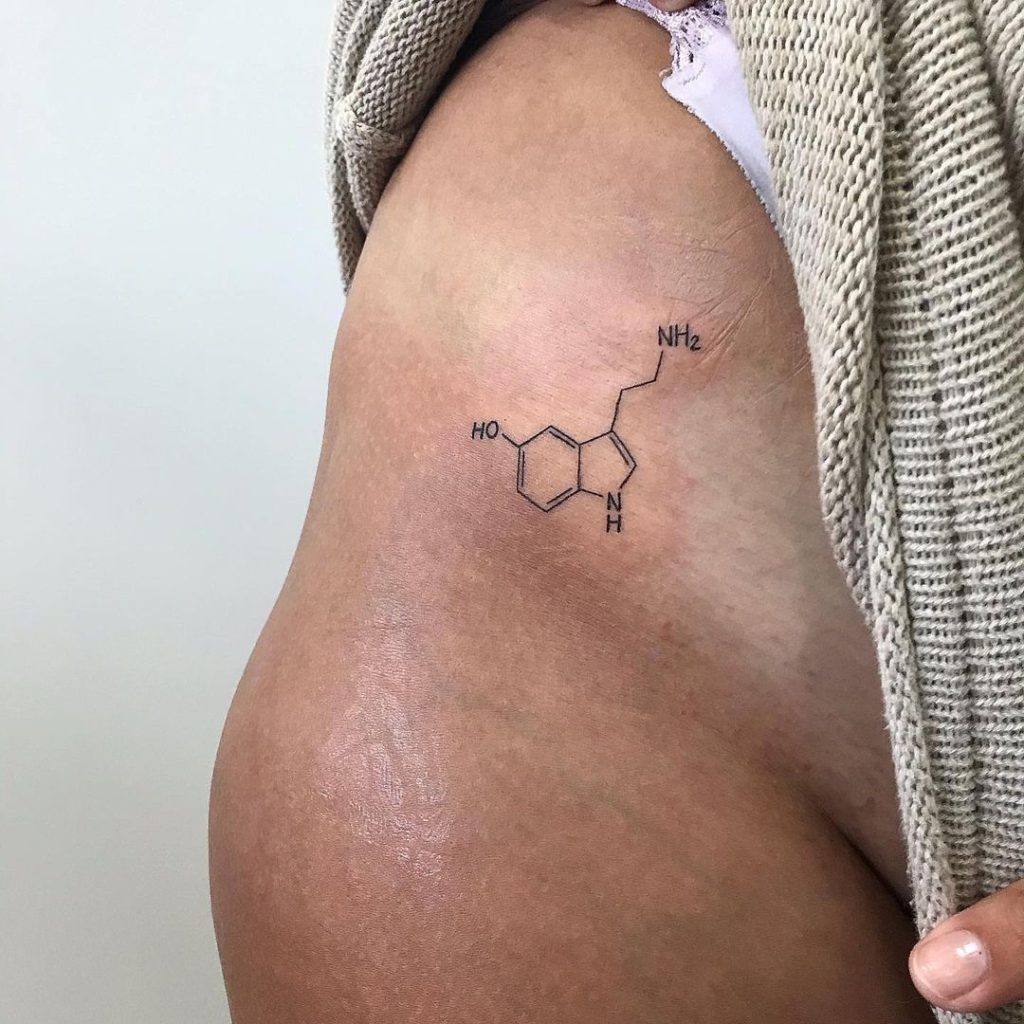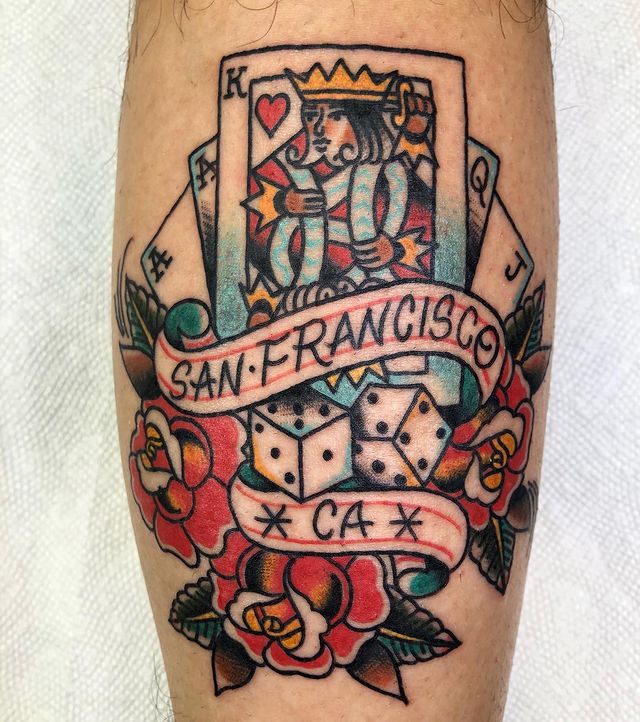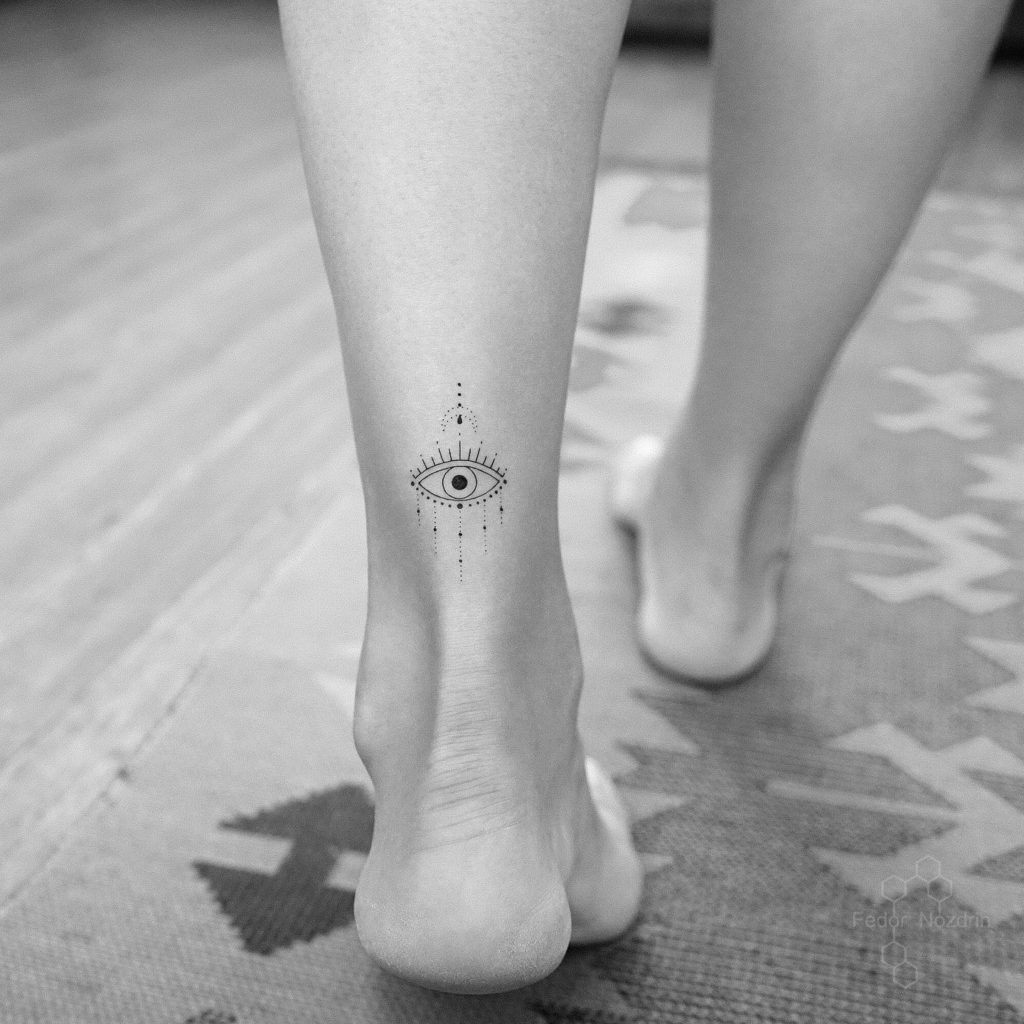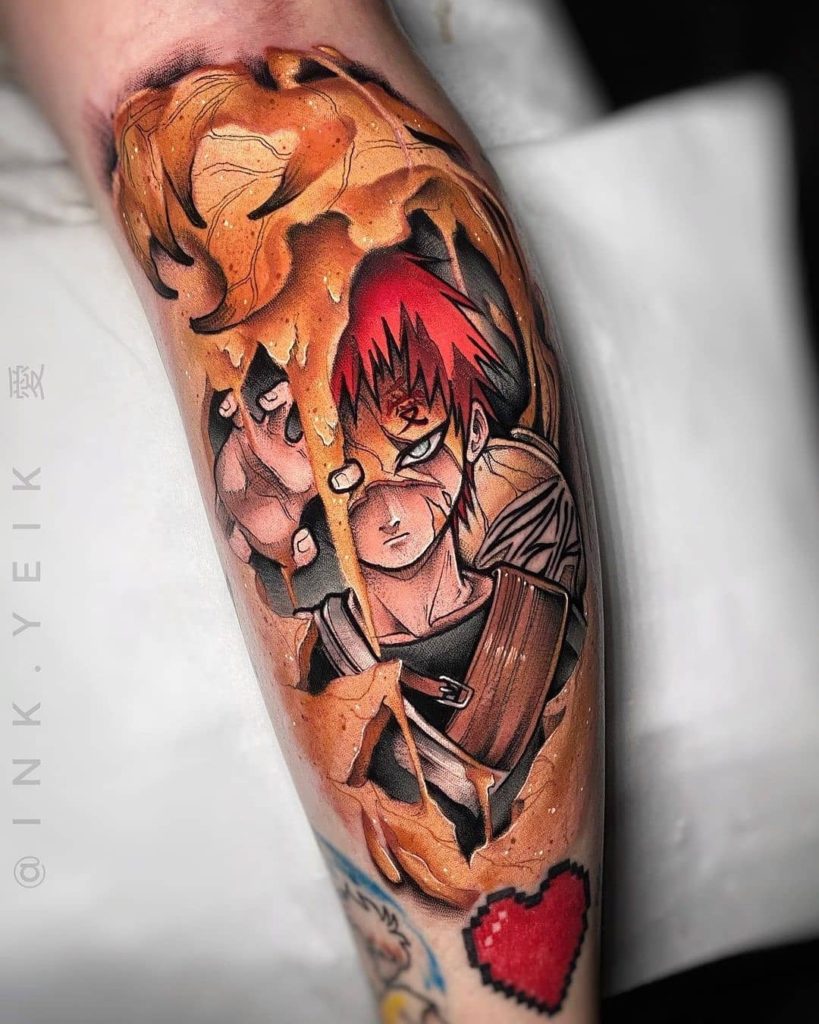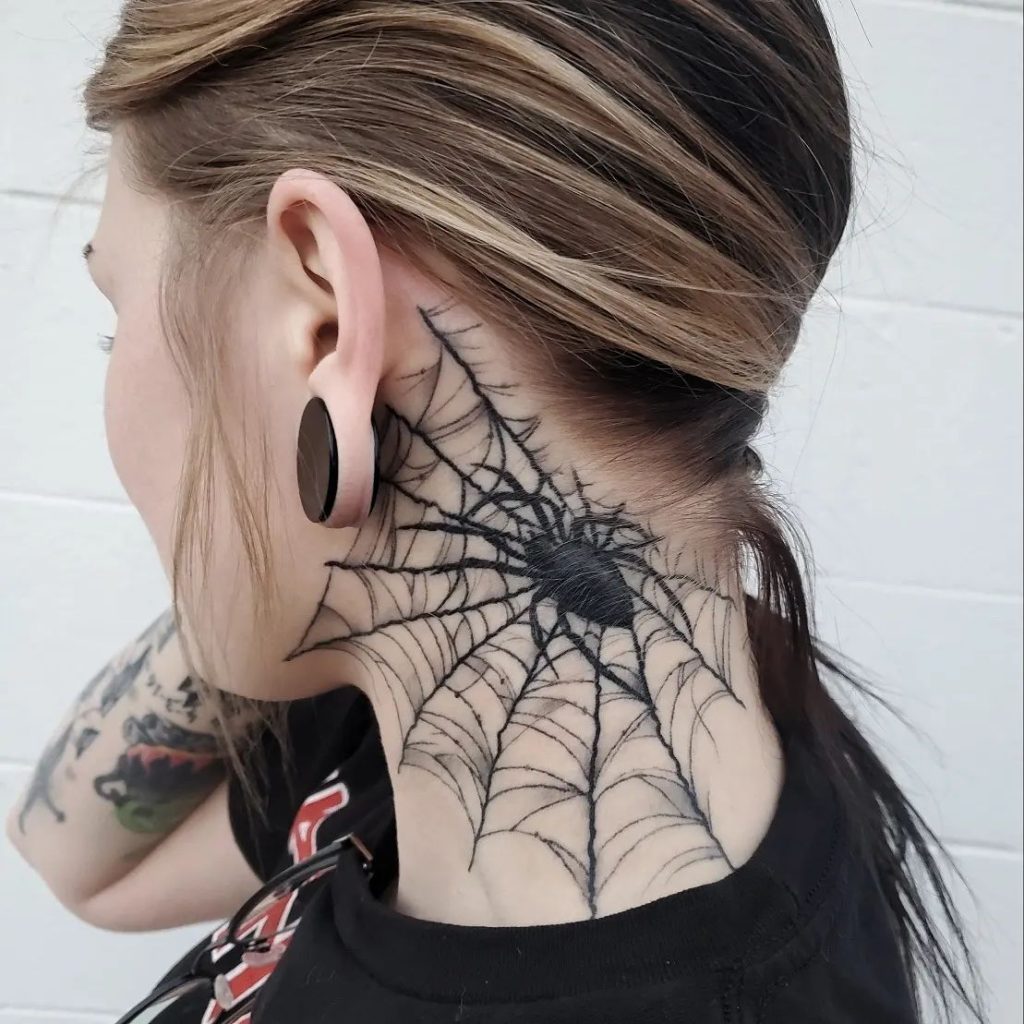Think Before You Ink: What Are the Main Ingredients in Modern Inks?
“My body is my journal and my tattoos are my story” — Johnny Depp once said. Just like him, we all want our skin to tell our narrative through innovative tattoos. Why? Because the experience is painfully intimate and oh-so-very-cool.
According to tattoo history, prehistoric cavemen artists made tattoos using soot, charcoal, and other natural pigments. But do you know what’s in tattoo ink today? What is the origin of these pigments, and how will they influence your body over time?
If you have been reading my articles for any period of time you will know that I tend to offer my opinion pretty regularly on all aspects of tattooing. Still, it’s all been based on my personal experience and research. The fact is, I don’t know what’s really happening underneath the skin and you don’t either — we are just pretending that we do.
Bit public health is important. With nearly half the millennial population being tattooed I see it as my responsibility to inform my readers the best I can. So after hours of research, I can finally reveal the secret recipe for tattoo ink. Let’s get educated, shall we?
What Lays Behind the Ink?
Tattoo artists are certified so they can create tattoos legally. However, most artists and tattoo enthusiasts have no idea as to what chemicals are in their ink, which could actually be a lot — unless they are a professional and mix their own inks from dry pigments.
Because pigments and inks aren’t really regulated by any government and authority, we will never know if they are okay to be used as tattoo ink on skin. That brings us to the question, what are these tattoo pigments that are generally used? Well, some are sourced from natural ingredients, while others are sourced from textile, plastic, or even the automotive industry.
But what are pigments? Well, there are two main categories of pigments: organic and inorganic pigments. Organic pigments are carbon-based. Since that doesn’t mean a lot to you, here are some examples: graphite, copper, ash, and tree bark. Inorganic pigments are usually made from minerals and metals.
This was pretty vague, I know, but my point is that pigments can be made from a ton of different things and the issue is that we don’t know exactly what each ink manufacturer is using. Hence, there’s a risk that some compounds might be harmful to our bodies. Also, it’s not as simple to say that organic pigments are good and inorganic pigments are bad because some organic pigments might react negatively on the skin as well.
Enough with the pigments, let’s talk about the other compound — the so-called liquid carrier. The carries are exactly what the name suggests, it carries the ink from point a to point b. It also helps to keep the ink mixed evenly and free from germs. The carrier can be a variety of things, but it’s usually ethyl alcohol or distilled water.
The dispersant is the initial component of the liquid carrier. When the ink is shaken or swirled, its function is to coat the particles by eliminating the oxygen, thus resulting in a uniform distribution of color. The surfactant is the next in line. The surfactant lowers the surface tension of the ink, allowing it to penetrate the skin rapidly and efficiently. The final ingredient is the preservative. Whenever you utilize water as an ingredient, you risk allowing bacteria to proliferate, which can lead to infection. Preservatives are here to eliminate this risk.
Let’s Talk About Some of the Concerns
Research from the Joint Research Center in 2016 studied a wide range of tattoo inks and highlighted the constituents of the most concerning ones. Polycyclic aromatic hydrocarbons, or “PAHs”, are the most harmful. They are a chemical group found largely in black inks that contain carcinogens that can move from the skin to the lymph nodes and cause cancer. Aside from that, there are azo pigments which account for around 60% of the color chemicals in the tattoo ink. Though azo pigments are thought to be harmless when originally applied to the skin, they can deteriorate over time into possibly cancer-causing chemicals.
Similar hazardous preservatives were discovered in a Swiss study of 229 tattoo inks. The skin irritant “benzo-isothiazolinone” was found in 14% of the inks tested, while formaldehyde, a carcinogen, was found in 7%. You might be startled to learn that tattoo ink can include potentially dangerous elements including nickel, chromium, and cobalt.
That is crazy, right? Did you think something as coll as a tattoo could be dangerous too? But hey, that really doesn’t mean you can’t get your American traditional tattoo. All you have to do is be an informed customer when you visit the artist to get yourself a tattoo. Here’s what you need to know.
A Guide for Having the Safest Tattooing Experience
First and foremost, certain colors may be more dangerous than others. Modern high-quality pigments are often created from a variety of metal salts, with each metal posing its own set of dangers. Red ink is known to trigger sensitivity responses more frequently than black ink. Blues and greens are often manufactured from high-quality copper salts and are rather safe. Cobalt-based blues, on the other hand, should be avoided. Titanium oxide white pigments are among the least reactive pigments on the market. Yellow pigments, on the other hand, are frequently produced from natural sources such as curcumin or turmeric. Because of the amount of pigment required to generate a brilliant hue, they are widely known to trigger responses.
Another piece of advice is to avoid going to a low-cost artist. Save your money, do your homework, and go to a recognized artist. The cheap ones will never be able to provide you with enough evidence to back up their ink selections. Remember to always question your tattoo artist about the ink and colors while you’re in the studio because a permanent tattoo means that it will be with you for the rest of your life, telling a narrative that’s very personal to you. Therefore you need an outstanding one with high quality.

